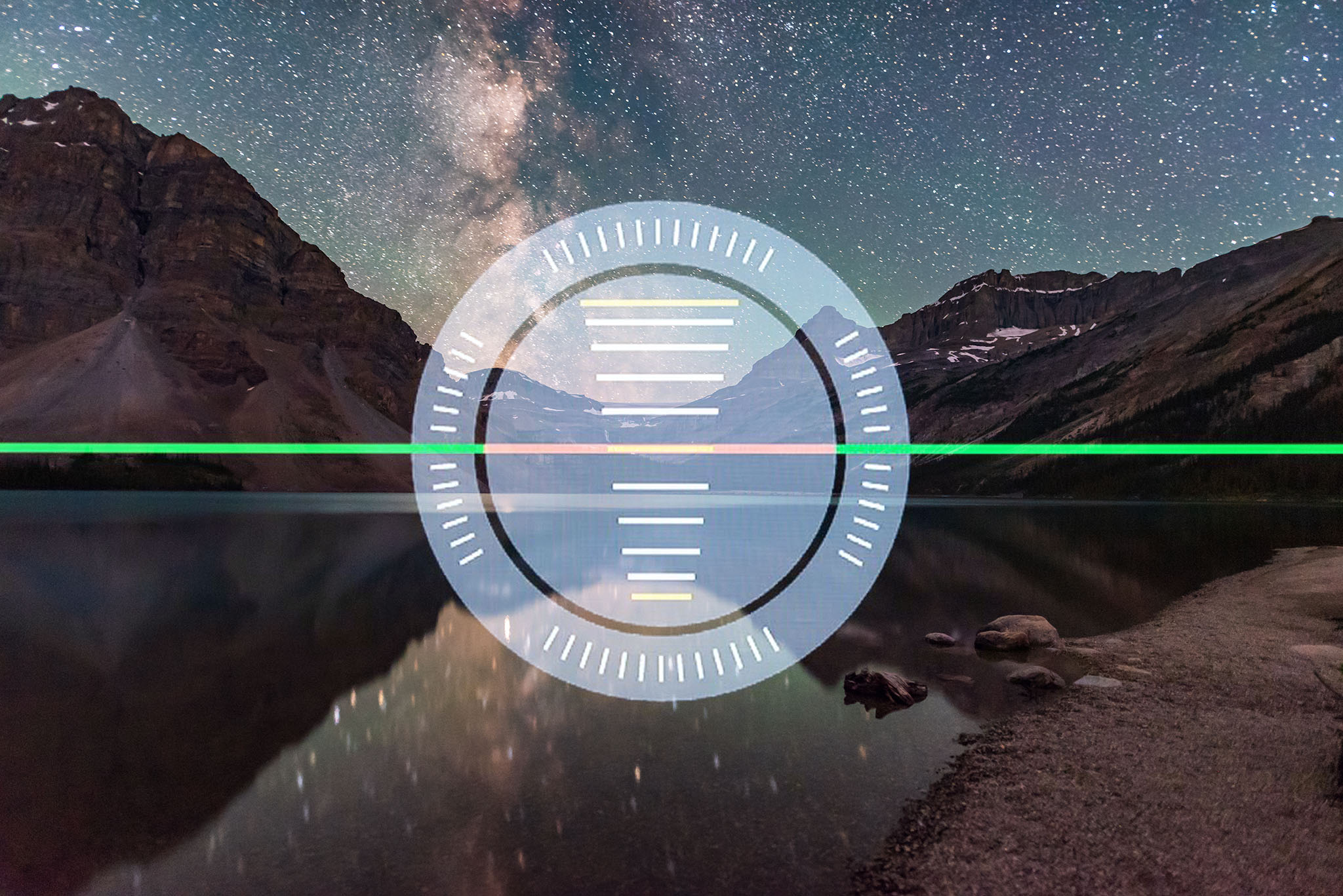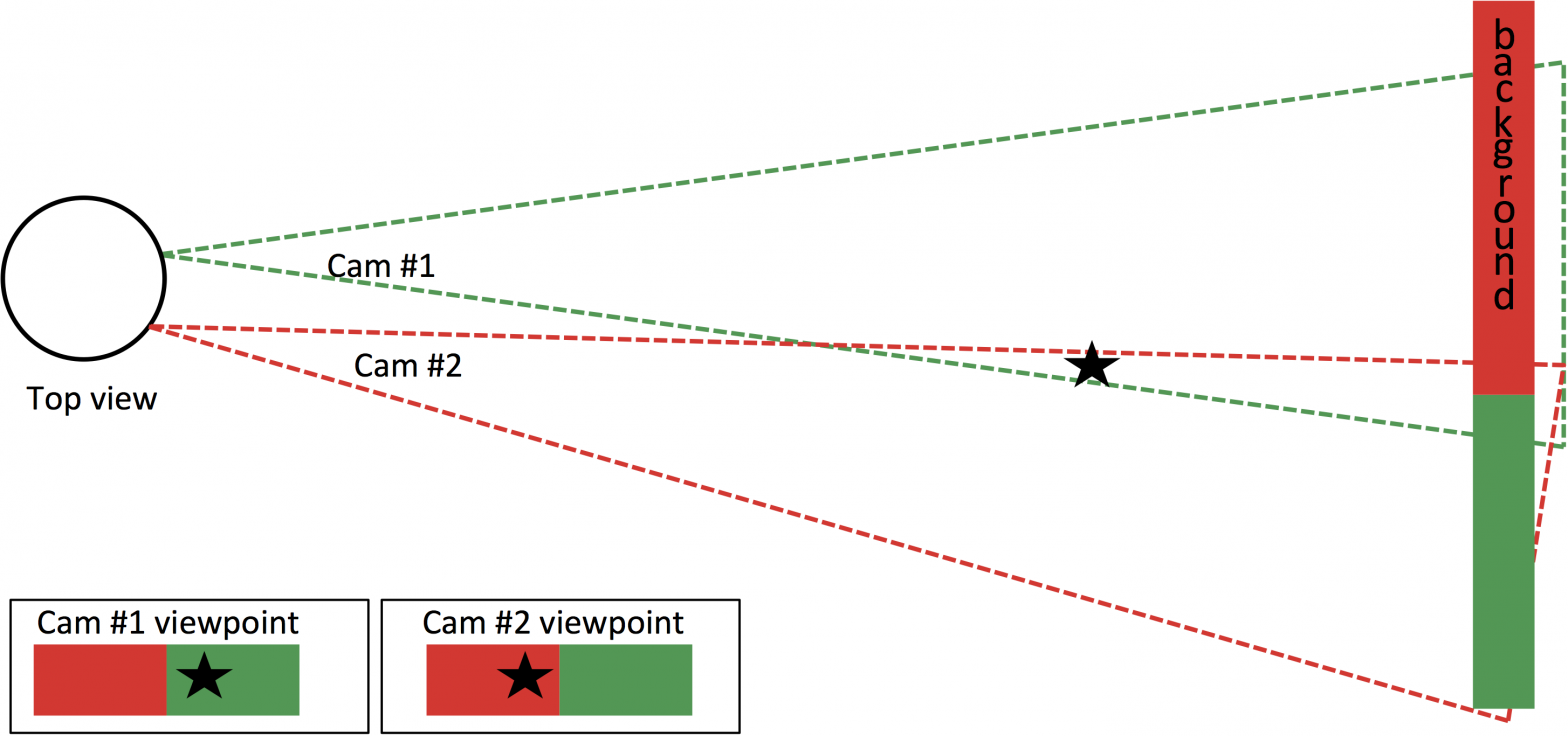

The global homography projection assumed that the overlapping area of the images lay in the same depth plane. This used a global homography matric to project the image onto a cylindrical or spherical surface, then synthesized the images using a multi-resolution fusion algorithm. Brown et al.’s AutoStitch was the core algorithm used in commercial software. Finally, the blending algorithm is used to provide the final results. Then, the projected transformation model is utilized to align one image to another. Starting with image preprocessing, including geometric alignment and photometric correction, the projected transformation model (a homography matrix, generally) between a pair of images is established after feature extraction and feature matching.

Image stitching aims at stitching the overlapping region of multiple views collected by multiple cameras with limited angles of view into a wide-angle seamless image, and the panorama requires a viewing coverage of 360°.Ĭlassical image stitching involves the following steps. Creating a panorama involves a special image stitching task. With the rise of the VR (Virtual Reality) industry and the popularity of VR headsets, one of the key enabling elements in creating immersive VR content is panorama, which can provide a compact representation of the scene and more abundant information. Their ability to render a scene in all directions has made them popular in the field of scene visualization and photography.

Panoramas have been around for more than one hundred years. Our approach can achieve an improvement of about 1 dB in MP-PSNR and PSNR and 25% in SSIM, respectively. Besides the commonly used image quality assessment PSNR and SSIM, we also calculate MP-PSNR, which can provide accurate high-quality predictions for synthesized views. Experimental results demonstrate that the subjective experience obtained by our approach is better than the comparison algorithm without cracks or artifacts. In the second stage, the reconstructed version of the left and the right views is generated by warping the pixels under the guidance of optical flow, and the alpha blending algorithm is used to synthesize the final novel view. The result obtained can be approximated as the parallax of the scene. In the first stage, we present a novel optical flow estimation algorithm to establish a dense correspondence between the overlapping areas of the left and right views. We propose a view synthesis approach based on optical flow to generate a high-quality omnidirectional panorama. We consider solving this problem from the perspective of view synthesis. The panoramas generated by the traditional image stitching algorithm have some limitations, such as artifacts and irregular shapes. Generating high-quality panorama is a key element in promoting the development of VR content.


 0 kommentar(er)
0 kommentar(er)
